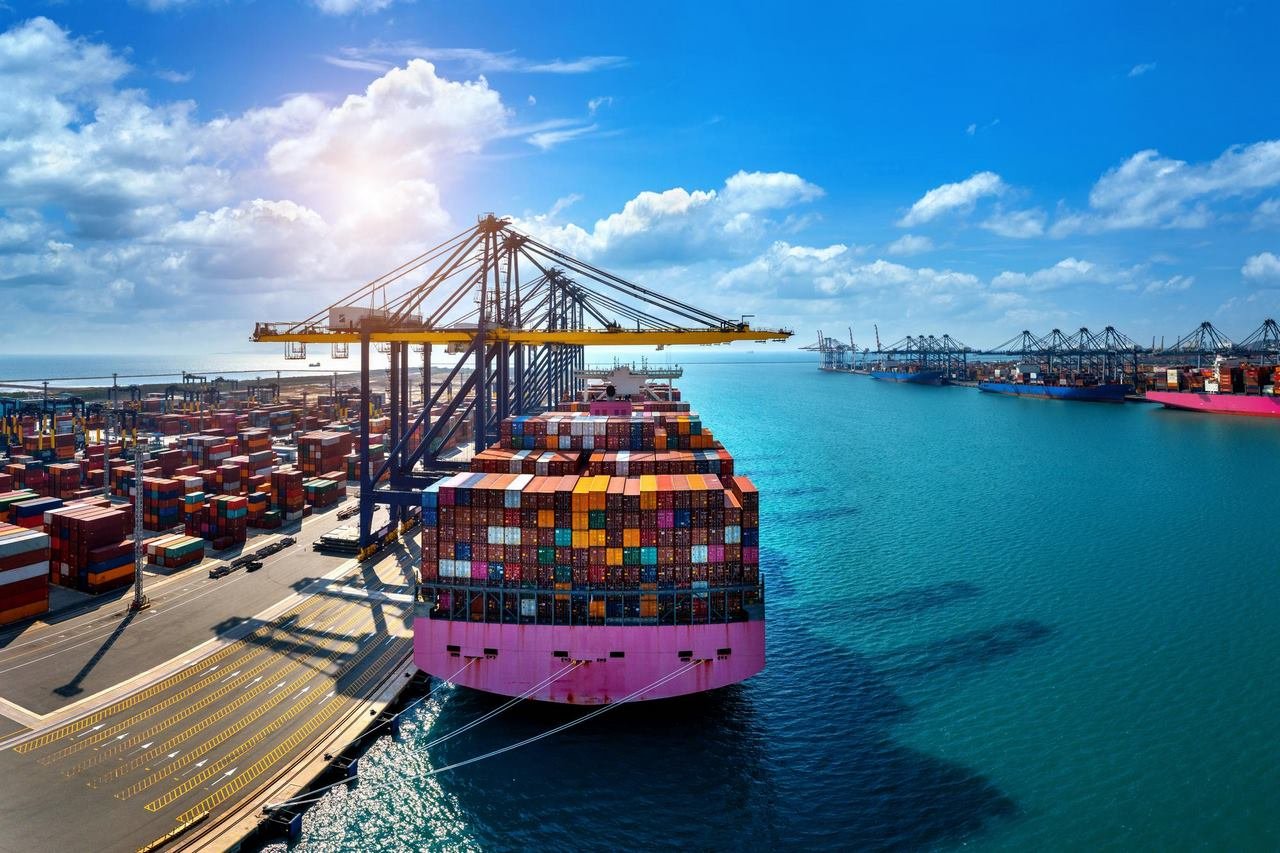In the dynamic landscape of 2025, Steelbridge Export stands at the forefront of revolutionizing industrial metals sourcing and procurement.
Top 3 Strategies for Cost-Effective Metal Procurement
As global markets fluctuate and sustainability becomes paramount, adopting innovative strategies is essential for businesses aiming to optimize costs and ensure a resilient supply chain.
1. Embrace the EPCF Model for Integrated Project Delivery
The EPCF model—encompassing Engineering, Procurement, Construction, and Financing—offers a holistic approach to project execution. By integrating these components, businesses can streamline operations, reduce redundancies, and achieve cost savings. This model is particularly beneficial in industrial metals sourcing and procurement, where coordination across various stages is crucial.
Key Benefits:
-
Integrated Planning: Aligns engineering and procurement strategies, ensuring materials are sourced efficiently.
-
Financial Efficiency: Combines financing with procurement, allowing for better budget management and cost control.
-
Risk Mitigation: Reduces project delays by ensuring all components are synchronized from the outset.
Implementing the EPCF model can lead to significant improvements in project timelines and budget adherence, making it a cornerstone strategy for cost-effective metal procurement.
2. Optimize Supplier Relationships and Diversify Sources
Building strong relationships with suppliers is vital in the realm of industrial metals sourcing and procurement. By fostering partnerships based on trust and mutual benefit, companies can negotiate better terms, secure priority access to materials, and gain insights into market trends.
Strategies for Supplier Optimization:
-
Long-Term Contracts: Engage in agreements that provide price stability and ensure consistent supply.
-
Supplier Diversification: Avoid over-reliance on a single source by establishing relationships with multiple suppliers across different regions.
-
Performance Monitoring: Regularly assess supplier performance to ensure quality and reliability.
Diversifying suppliers not only mitigates risks associated with geopolitical tensions and supply chain disruptions but also opens avenues for competitive pricing and innovation.
more: Why Supply Chain Resilience is Critical in Metal Trading
3. Leverage Technology for Enhanced Procurement Efficiency
Incorporating advanced technologies into procurement processes can significantly enhance efficiency and cost-effectiveness. Digital tools provide real-time data, predictive analytics, and automation capabilities that streamline industrial metals sourcing and procurement.
Technological Tools to Consider:
-
Procurement Software: Automates purchasing processes, tracks orders, and manages supplier information.
-
Data Analytics: Analyzes market trends and forecasts demand, aiding in informed decision-making.
-
Blockchain Technology: Ensures transparency and traceability in the supply chain, enhancing trust and compliance.
By embracing these technologies, businesses can reduce manual errors, accelerate procurement cycles, and achieve better alignment between supply and demand.
Conclusion
Adopting these top three strategies—implementing the EPCF model, optimizing supplier relationships, and leveraging technology—can transform the approach to industrial metals sourcing and procurement. These methods not only drive cost savings but also build a resilient and responsive supply chain capable of navigating the complexities of the modern market. For more insights and resources, epcpower.com
FAQs: Cost-Effective Industrial Metal Procurement in 2025
1. What is the EPCF model, and how does it reduce procurement costs?
- The EPCF model stands for Engineering, Procurement, Construction, and Financing. It reduces procurement costs by integrating all project phases, eliminating redundancies, and ensuring synchronized execution. This model streamlines sourcing, optimizes financial planning, and shortens project timelines, making it ideal for cost-effective industrial metal procurement.
2. Why is supplier diversification important in the metal sourcing industry?
- Supplier diversification minimizes dependency on a single source and protects against geopolitical risks, price fluctuations, and supply chain disruptions. It allows businesses to negotiate competitive pricing, improve supply reliability, and access innovation across global markets.
3. How can technology improve metal procurement efficiency?
- Technology enhances procurement through automation, real-time tracking, and predictive analytics. Tools such as procurement software, blockchain for supply chain transparency, and AI-driven demand forecasting help reduce errors, speed up processes, and align sourcing strategies with market conditions.
4. What are the benefits of long-term supplier contracts in industrial metal trading?
- Long-term contracts provide price stability, guarantee consistent material availability, and build stronger supplier relationships. This helps companies secure better terms, plan budgets more effectively, and reduce procurement volatility in fluctuating markets.
5. How does Steelbridge Export support smart procurement in global metal markets?
- Steelbridge Export applies the EPCF framework combined with digital innovation and supplier network optimization. The company offers tailored procurement strategies that lower costs, enhance resilience, and ensure compliance across international industrial metal supply chains.
















